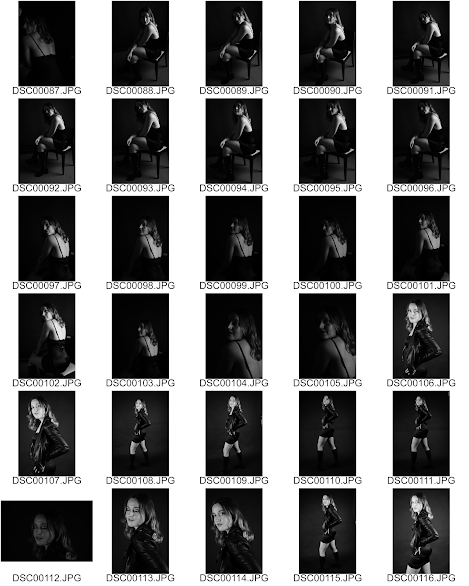As a project this term, I need to take portrait photos. I'm going to make 10 portraits. I will use Sony Alpha 6600 to do that. The final portfolio will be made in early March and I will post it as a gallery on the website.
As reportage photos seem interesting to me, I decided to go in this direction with my project. I find it interesting to create a series of photos of people doing work. For this purpose, I decided to look at the work of Lewis Hine, who is one of the first photojournalists.
Lewis Hine was a sociologist and photographer most famous for his photos of people at work. His greatest fame was brought to him by his reportage about child workers.Traveling the country with his camera, Lewis Wickes Hine captured the often oppressive working conditions of thousands of children—some as young as 3 years old. (Saunders, 2023)
In the photo above we see a Sadie Pfeifer, a small girl working in a South Carolina cotton mill. She was captured next to huge, dangerous weaving machines for contrast with her petite body.Though she is bathed in light, her small form is nearly overwhelmed by the rows of spools in front of her, their repeating forms evoking the monotonous, mechanical nature of factory work. Hine’s images originally appeared in periodicals, posters, and booths at anti-child labor conventions. (The Art Institute of Chicago). This photo is extremely powerful and evokes many emotions. Its mission was to draw attention to the use of child labor, and in my opinion it did an excellent job of doing so.
The next photo I would like to introduce is the photo below titled: Powerhouse mechanic. It shows a young man tightening the screw in a huge valve. It has harmony, it has visual balance, and at the same time, he positions the worker in a way that he’s controlling the machine.(Brooklyn Museum) The worker's muscles juxtaposed with the machine were highlighted in an interesting way. This photo was intended to raise the profile of ordinary factory workers. This is an interesting proposition for me. It shows the hardships of ordinary people in blue-collar jobs, which I identify with.
In my project I want to take photos of people in a work environment. I would like to achieve a natural effect in the photos. I will take black and white photos.
References
Saunders, B.“The Photographer Who Forced the U.S. To Confront Its Child Labor Problem.” Smithsonian Magazine, 12 June 2023, www.smithsonianmag.com/history/the-photographer-who-forced-the-us-to-confront-its-child-labor-problem-180982355/. Accessed 23 Jan. 2024.The Art
Institute of Chicago. “Sadie Pfeifer, a Cotton Mill Spinner, Lancaster, South Carolina.” The Art Institute of Chicago, www.artic.edu/artworks/23336/sadie-pfeifer-a-cotton-mill-spinner-lancaster-south-carolina. Accessed 23 Jan. 2024.
Brooklyn Museum. “Power House Mechanic.” www.brooklynmuseum.org, www.brooklynmuseum.org/opencollection/objects/112132. Accessed 23 Jan. 2024.






















